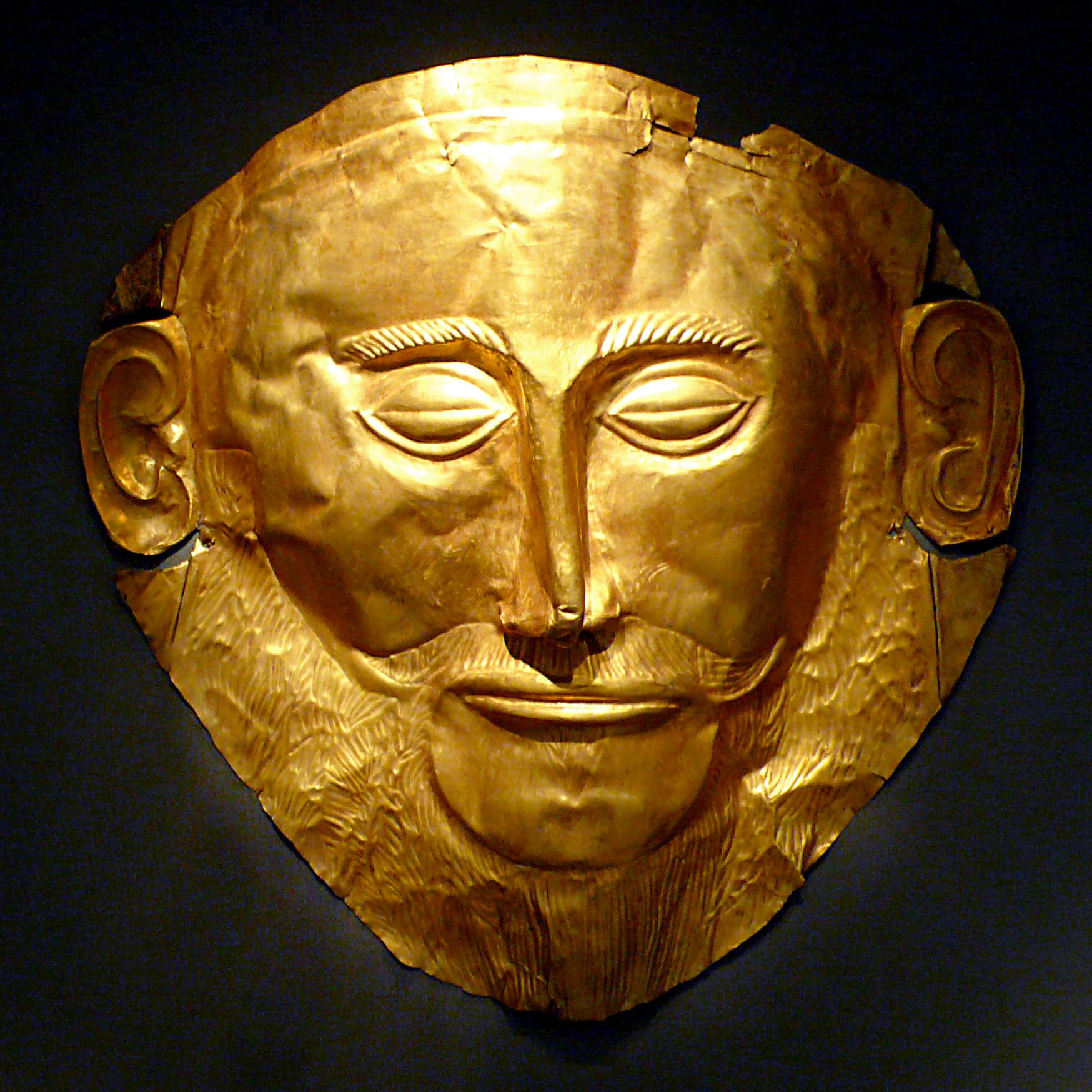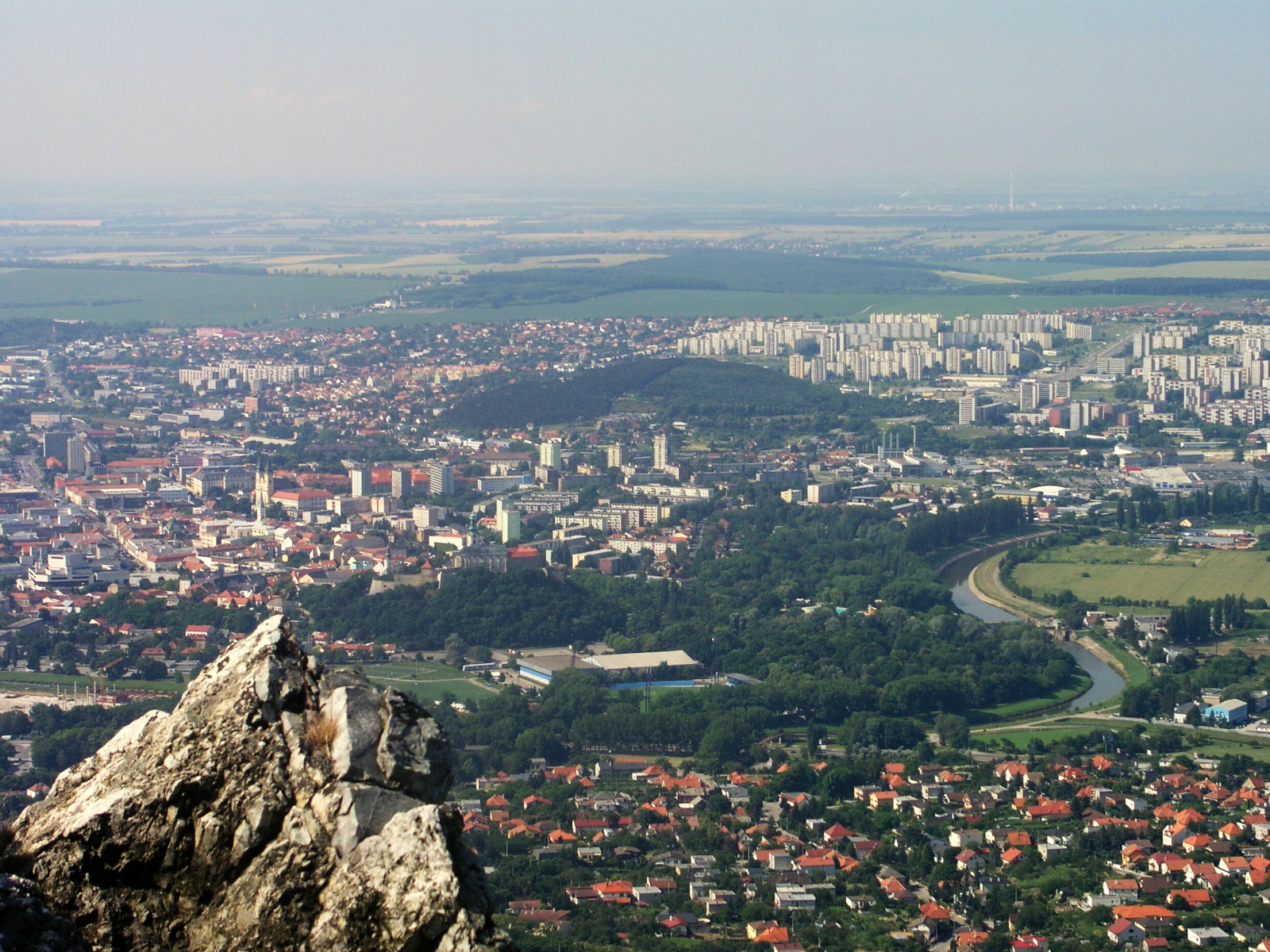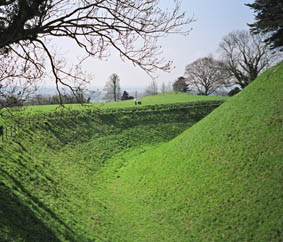|
Vráble
Vráble ( hu, Verebély) is a small town in the Nitra District, Nitra Region, western Slovakia. Etymology The name derives from ''vrábeľ'' - a Slovak dialect name of sparrow (''vrabec''). Geography It is located in the Danubian Hills on the Žitava river, about south-east-east from Nitra. The cadastral area of the town has an altitude from ASL. There's a small dam called ''Vodná nádrž Vráble'' west of the town. The town has three parts: Vráble proper, and the former villages of Dyčka and Horný Ohaj (both annexed 1975). History The oldest evidence of the settlement of Vráble comes from the Neolithic age (6000-2000 BC). The first written reference is from 1265 as ''Verebel''. In Vráble, there was the oldest post-station. The city kept an agricultural character in the 19th and 20th centuries. Economic development has influenced the architecture of the city. After break-up of Austria-Hungary in 1918, the town became part of Czechoslovakia and received status of the ... [...More Info...] [...Related Items...] OR: [Wikipedia] [Google] [Baidu] |
Mad'arovce Culture
The Mad'arovce culture was an archaeological culture of the Bronze Age Europe, Early Bronze Age (c. 1750-1500 BC) located in western Slovakia. It formed part of the broader Mad’arovce-Věteřov-Böheimkirchen cultural complex, also found in Austria and Moravia, which had links with Mycenaean Greece. There was a gradual evolution from the preceding Unetice culture, Unetice and Hatvan culture, Hatvan cultures to the Mad'arovce culture from c. 2000 BC to 1750 BC, and it was succeeded by the Tumulus culture after 1500 BC. The Mad'arovce culture is sometimes considered to be a sub-group in the final Unetice tradition. Important sites include the fortified settlements of Vráble#Fidvár archaeological site, Fidvár and Nitriansky Hrádok. See also * Unetice culture * Bronze Age Britain * Rhône culture * Armorican Tumulus culture * Polada culture * Ottomány culture * Wietenberg culture * Nordic Bronze Age References {{DEFAULTSORT:Rhône culture Archaeological cultures ... [...More Info...] [...Related Items...] OR: [Wikipedia] [Google] [Baidu] |
First Vienna Award
The First Vienna Award was a treaty signed on 2 November 1938 pursuant to the Vienna Arbitration, which took place at Vienna's Belvedere Palace. The arbitration and award were direct consequences of the previous month's Munich Agreement, which resulted in the partitioning of Czechoslovakia. Nazi Germany and Fascist Italy had sought a nonviolent way to support the territorial claims of the Kingdom of Hungary, and revision of the 1920 Treaty of Trianon. Nazi Germany had already vitiated the Versailles Treaty by the remilitarization of the Rhineland (7 March 1936) and the ''Anschluss'' of Austria (12 March 1938). The First Vienna Award separated, from Czechoslovakia, territories in southern Slovakia and southern Carpathian Rus' that were mostly Hungarian-populated and "awarded" them to Hungary. Hungary thus regained some of the territories (now parts of Slovakia and Ukraine) that Hungary had lost after World War I under the Treaty of Trianon. Czechoslovakia also ceded to Polan ... [...More Info...] [...Related Items...] OR: [Wikipedia] [Google] [Baidu] |
Bronze Age Europe
The European Bronze Age is characterized by bronze artifacts and the use of bronze implements. The regional Bronze Age succeeds the Neolithic and Copper Age and is followed by the Iron Age. It starts with the Aegean Bronze Age in 3200 BC (succeeded by the Beaker culture), and spans the entire 2nd millennium BC (Unetice culture, Tumulus culture, Nordic Bronze Age, Terramare culture, Urnfield culture and Lusatian culture) in Northern Europe, lasting until c. 600 BC. History Aegean The Aegean Bronze Age begins around 3200 BC when civilizations first established a far-ranging trade network. This network imported tin and charcoal to Cyprus, where copper was mined and alloyed with the tin to produce bronze. Bronze objects were then exported far and wide and supported the trade. Isotopic analysis of the tin in some Mediterranean bronze objects indicates it came from as far away as Great Britain. Knowledge of navigation was well developed at this time and reached a peak of skill ... [...More Info...] [...Related Items...] OR: [Wikipedia] [Google] [Baidu] |
Nitra
Nitra (; also known by other alternative names) is a city in western Slovakia, situated at the foot of Zobor Mountain in the valley of the river Nitra. It is located 95 km east of Bratislava. With a population of about 78,353, it is the fifth largest city in Slovakia. Nitra is also one of the oldest cities in Slovakia; it was the political center of the Principality of Nitra. Today, it is a seat of a ''kraj'' (Nitra Region), and an '' okres'' (Nitra District). Etymology The first mention of Nitra dates back to the 9th century. The name of the city is derived from the Nitra river. The name is Indo-European, but the question of its pre-Slavic or Slavic origin has not been satisfactorily answered. Nitra might be derived from the old Indo-European root ''neit-'', ''nit-'' meaning "to cut" or "to burn" using a derivation element ''-r-'' (see also slash-and-burn agricultural technique). The same root is still present in the Slovak verb ''nietiť'' (to make a fire), but also in othe ... [...More Info...] [...Related Items...] OR: [Wikipedia] [Google] [Baidu] |
Nitra District
Nitra District ( sk, okres Nitra) is a district in the Nitra Region of western Slovakia. It is the most populated of Slovakia's 79 districts. Before 1996 the present-day district belonged to the West-Slovak region (Západoslovenský kraj). It is named after city of Nitra Nitra (; also known by other alternative names) is a city in western Slovakia, situated at the foot of Zobor Mountain in the valley of the river Nitra. It is located 95 km east of Bratislava. With a population of about 78,353, it is the fifth l ..., its main economy and cultural center. Municipalities Source References Districts of Slovakia {{Nitra-geo-stub ... [...More Info...] [...Related Items...] OR: [Wikipedia] [Google] [Baidu] |
Ditch (fortification)
In military engineering, a ditch is an obstacle designed to slow down or break up an attacking force, while a trench is intended to provide cover to the defenders. In military fortifications the side of a ditch farthest from the enemy and closest to the next line of defence is known as the scarp while the side of a ditch closest to the enemy is known as the counterscarp. Uses In early fortifications, ditches were often used in combination with ramparts to slow down the enemy whilst defensive fire could be brought to bear from the relative protection afforded by the rampart and possibly the palisade. In medieval fortification, a ditch was often constructed in front of a defensive wall to hinder mining and escalade activities from an attacker. When filled with water, such a defensive ditch is called a moat. However, moats may also be dry. Later star forts designed by military engineers like Vauban, comprised elaborate networks of ditches and parapets, carefully calculated ... [...More Info...] [...Related Items...] OR: [Wikipedia] [Google] [Baidu] |
Troy
Troy ( el, Τροία and Latin: Troia, Hittite language, Hittite: 𒋫𒊒𒄿𒊭 ''Truwiša'') or Ilion ( el, Ίλιον and Latin: Ilium, Hittite language, Hittite: 𒃾𒇻𒊭 ''Wiluša'') was an ancient city located at Hisarlik in present-day Turkey, south-west of Çanakkale and about miles east of the Aegean Sea. It is known as the setting for the Greek mythology, Greek myth of the Trojan War. In Ancient Greek literature, Troy is portrayed as a powerful kingdom of the Greek Heroic Age, Heroic Age, a mythic era when monsters roamed the earth and gods interacted directly with humans. The city was said to have ruled the Troad until the Trojan War led to its complete destruction at the hands of the Greeks. The story of its destruction was one of the cornerstones of Greek mythology and literature, featuring prominently in the ''Iliad'' and the ''Odyssey'', and referenced in numerous other poems and plays. Its legacy played a large role in Greek society, with many prominent ... [...More Info...] [...Related Items...] OR: [Wikipedia] [Google] [Baidu] |
Mycenae
Mycenae ( ; grc, Μυκῆναι or , ''Mykē̂nai'' or ''Mykḗnē'') is an archaeological site near Mykines in Argolis, north-eastern Peloponnese, Greece. It is located about south-west of Athens; north of Argos; and south of Corinth. The site is inland from the Saronic Gulf and built upon a hill rising above sea level. In the second millennium BC, Mycenae was one of the major centres of Greek civilization, a military stronghold which dominated much of southern Greece, Crete, the Cyclades and parts of southwest Anatolia. The period of Greek history from about 1600 BC to about 1100 BC is called Mycenaean in reference to Mycenae. At its peak in 1350 BC, the citadel and lower town had a population of 30,000 and an area of 32 hectares. The first correct identification of Mycenae in modern literature was during a survey conducted by Francesco Grimani, commissioned by the Provveditore Generale of the Kingdom of the Morea in 1700, who used Pausanias's description of the Lio ... [...More Info...] [...Related Items...] OR: [Wikipedia] [Google] [Baidu] |
Hungarians
Hungarians, also known as Magyars ( ; hu, magyarok ), are a nation and ethnic group native to Hungary () and historical Hungarian lands who share a common culture, history, ancestry, and language. The Hungarian language belongs to the Uralic language family. There are an estimated 15 million ethnic Hungarians and their descendants worldwide, of whom 9.6 million live in today's Hungary. About 2–3 million Hungarians live in areas that were part of the Kingdom of Hungary before the Treaty of Trianon in 1920 and are now parts of Hungary's seven neighbouring countries, Slovakia, Ukraine, Romania, Serbia, Croatia, Slovenia, and Austria. Significant groups of people with Hungarian ancestry live in various other parts of the world, most of them in the United States, Canada, Germany, France, the United Kingdom, Chile, Brazil, Australia, and Argentina. Hungarians can be divided into several subgroups according to local linguistic and cultural characteristics; subgroups with distinc ... [...More Info...] [...Related Items...] OR: [Wikipedia] [Google] [Baidu] |
Fortification
A fortification is a military construction or building designed for the defense of territories in warfare, and is also used to establish rule in a region during peacetime. The term is derived from Latin ''fortis'' ("strong") and ''facere'' ("to make"). From very early history to modern times, defensive walls have often been necessary for cities to survive in an ever-changing world of invasion and conquest. Some settlements in the Indus Valley civilization were the first small cities to be fortified. In ancient Greece, large stone walls had been built in Mycenaean Greece, such as the ancient site of Mycenae (famous for the huge stone blocks of its 'cyclopean' walls). A Greek '' phrourion'' was a fortified collection of buildings used as a military garrison, and is the equivalent of the Roman castellum or English fortress. These constructions mainly served the purpose of a watch tower, to guard certain roads, passes, and borders. Though smaller than a real fortress, they act ... [...More Info...] [...Related Items...] OR: [Wikipedia] [Google] [Baidu] |
Tell (archaeology)
In archaeology, a tell or tel (borrowed into English from ar, تَلّ, ', 'mound' or 'small hill'), is an artificial topographical feature, a species of mound consisting of the accumulated and stratified debris of a succession of consecutive settlements at the same site, the refuse of generations of people who built and inhabited them, and of natural sediment. (Very limited snippet view).Matthews (2020)Introduction and Definition/ref> Tells are most commonly associated with the ancient Near East, but they are also found elsewhere, such as Southern and parts of Central Europe, from Greece and Bulgaria to Hungary and SpainBlanco-González & Kienlin, eds (2020), 6th page of chapter 1, see map. and in North Africa. Within the Near East, they are concentrated in less arid regions, including Upper Mesopotamia, the Southern Levant, Anatolia and Iran, which had more continuous settlement. Eurasian tells date to the Neolithic,Blanco-González & Kienlin, eds (2020), 2nd page of chapter 1 ... [...More Info...] [...Related Items...] OR: [Wikipedia] [Google] [Baidu] |
Lutherans
Lutheranism is one of the largest branches of Protestantism, identifying primarily with the theology of Martin Luther, the 16th-century German monk and reformer whose efforts to reform the theology and practice of the Catholic Church launched the Protestant Reformation. The reaction of the government and church authorities to the international spread of his writings, beginning with the ''Ninety-five Theses'', divided Western Christianity. During the Reformation, Lutheranism became the state religion of numerous states of northern Europe, especially in northern Germany, Scandinavia and the then-Livonian Order. Lutheran clergy became civil servants and the Lutheran churches became part of the state. The split between the Lutherans and the Roman Catholics was made public and clear with the 1521 Edict of Worms: the edicts of the Diet condemned Luther and officially banned citizens of the Holy Roman Empire from defending or propagating his ideas, subjecting advocates of Lutheranism ... [...More Info...] [...Related Items...] OR: [Wikipedia] [Google] [Baidu] |





.jpg)


.jpg)